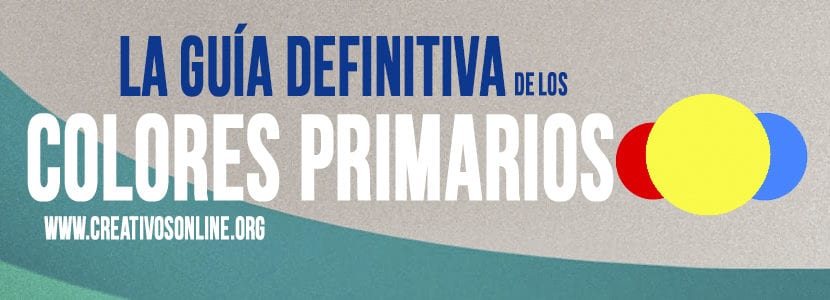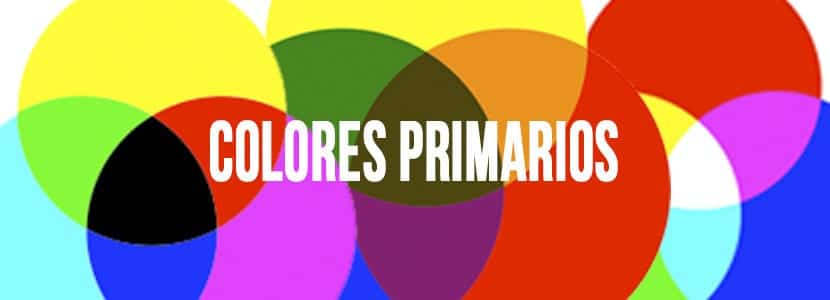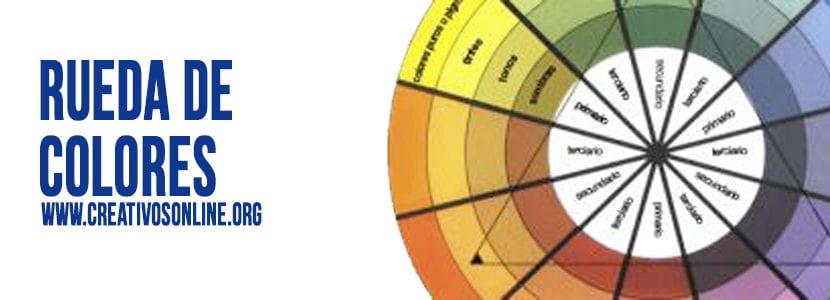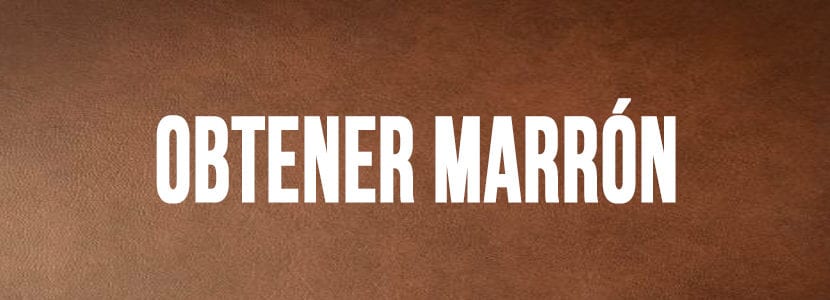
Colors are an inevitable part of our world. Everything we touch, see or feel has color. In addition, we have learned to add colors to images during high school using various types of colors. Primary colors - formerly known as primitive colors - are an idealized pattern, based on the biological response of receptor cells in the human eye to the presence of certain light frequencies and their interferences.
With this in mind, the question is always what is the primary color? Which ones make it up? Is there a mixture of primary colors? Various kinds of elementary schools? How do we get the brown color? We're going to answer those questions in a definitive guide so you look no further. Adding all these doubts in the same article
So that you don't forget, remember to bookmark this article so you can remember everything at once.
What are the primary colors?

Any computer scientist, designer, illuminator will tell you that RGB or CMYK and both are considered valid. But they disagree on the way we look at it.
The primary color, formerly known as primitive It is one that cannot be obtained by mixing other colors. This comes from how we see through the eyes. And that is why both light and pigmentation are different. So there are several doubts about it. In fact, before knowing these two possibilities divided by the sectors in which they are reflected, the RYB (Red, yellow and blue) was known -Yes, as in the main image. We had not been wrong.
It was the first concept of primary color, back in the XNUMXth century and which gave way to the current CMYK. And it was replaced by synthetics and the advancement of technology through computing. That is why it is now not considered to be in the family of primary colors.
The primary colors in light are RGB (Red, Green and Blue) and the primary colors for pigmentation are CMYK (Cyan, Magenta, Yellow and black)
Primary color mixing

According to the pigmentation we can say that the primary colors are CMYK, which translated would be Cyan, Magenta, Yellow and Black. Mixing these colors results in the following secondary colors:
- Magenta + yellow = Orange
- Cyan + yellow = Green
- Cyan + magenta = Violet
- Cyan + Magenta + Yellow = Black
Regarding the primary colors reflected by light, we would give the acronym RGB which translated would be Red, Green and Blue. They could fall into a mixture of the following shades of secondary colors:
- Green + blue = Cyan
- Red + blue = Magenta
- Red + green = Yellow
- Red + blue + green = White
We can observe, the difference of the union of the three primary colors of CMYK with RGB is that one ends in black and the other ends in white. The funny thing is that according to the two ideal models, both color schemes have a clear correspondence: the secondary colors of the RGB model are the primary colors of CMYK, and vice versa.
At least in theory, since in practice this cannot be considered literally. Due to the biological composition of the human being that creates different shades and it is not a quality of light. In short, color does not exist because it does, it is rather our perception of it.
Primary color wheel

Also known as Chromatic circle It is a way of representing the colors in an order according to their tonality. In other words, placing the primary colors side by side and mixing them causes different shades (secondary and tertiary colors). This is easy to explain today. Because any user has a photo editing program on their computer. We are talking about Photoshop but it can be any other.
By clicking on the color palette, we see how this chromatic circle happens. Formerly it was something more complex to see, Newton devised the existence of primary and secondary colors and Goethe invented the first color wheel in 1810. This wheel has been converted into many variations, until it ceases to be entirely circular and becomes dodecagrams. Charles Blanc in 1867 created them and they could be visualized very differently.
How to make brown with primary colors
This is always a difficult task for all those who begin to paint. I reiterate that it is easy to find the Hex or RGB code in google and write it in Photoshop. But this is not so easy in the natural mix of colors and achieve this tonality.
Considering that brown is not a color, because it is not part of the spectrum of light. It is a combination of colors, which can be achieved in different ways. That is why you must take into account what tone of brown is the one you want to obtain, because depending on that tone you will have to follow one path or another.
RYB appears again
That is why before we have talked about this combination of primary colors. Although today it seems obsolete, it is important to know what capabilities it has. In this case, blue, yellow and red in equal parts plus a touch of white. This mixture will give you a brown result. Keep in mind that if it is not the exact shade you are looking for, you can mix yellow so that a lighter shade comes out, and the more red or blue the darker it will come out.
Orange and Blue
The color orange, as we have explained previously, is not a primary color. In none of its possibilities (CMYK, RYB, RGB). That is why we are going to get it first in the following way:
We use red - quite red - and 10% yellow to get the desired orange. We will mix this color, now yes, with 5% blue. Which we will get a traditional chocolate brown. If you need it darker, increase the percentage of blue and lighter, more percentage of orange. Depending on the need.
Finally get it with Green and Red
This brown will be more reddish, as before with orange, the green color is not primary either. Mix equal parts yellow and blue to get it. Once the mixture is done, add the red little by little. So you will see the evolution of the color towards brown in the tonality you want. Be careful with overdoing it, lest you jump the desired tonality. To go back, add green, but perhaps this does not match well.
